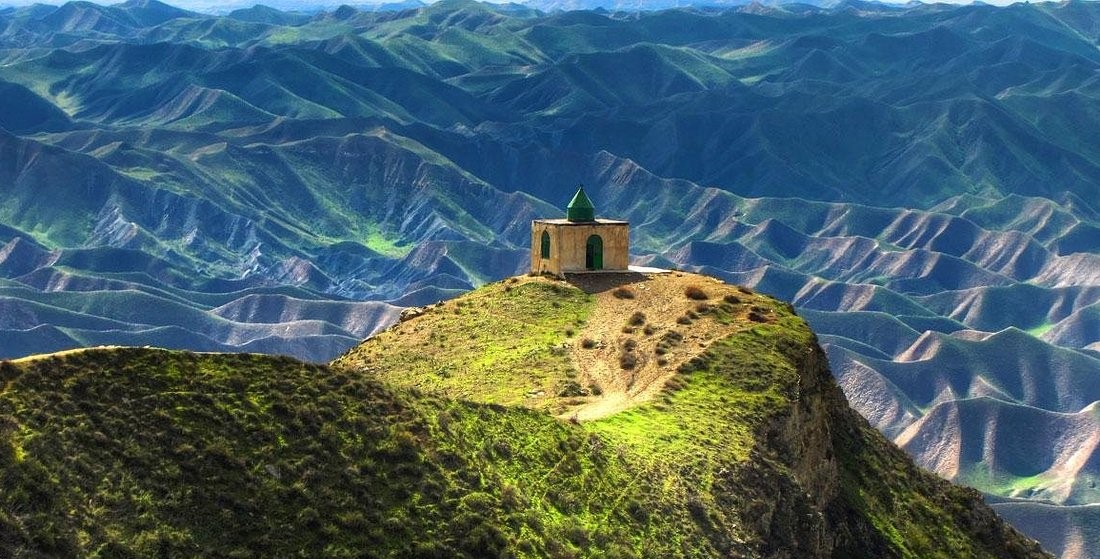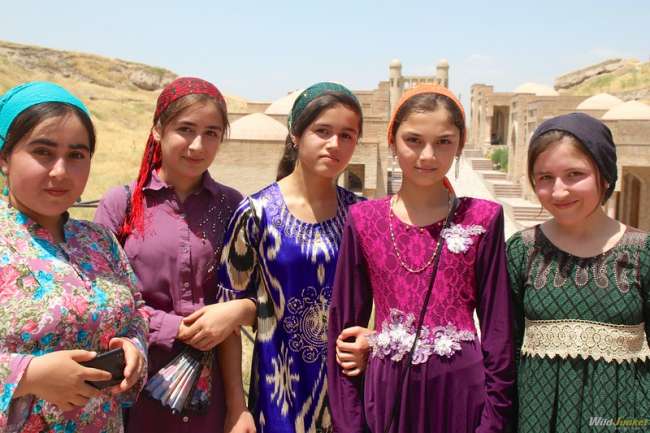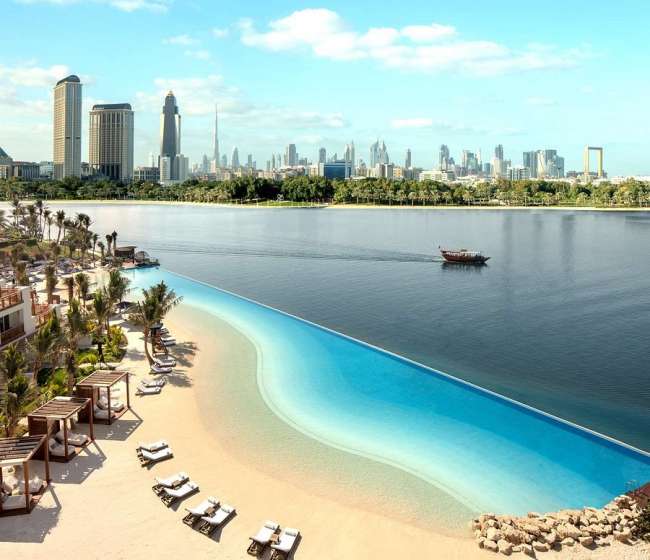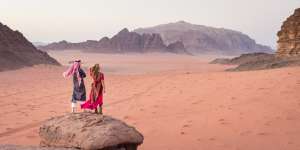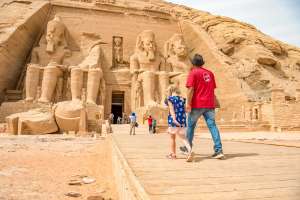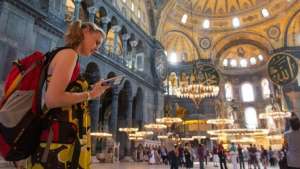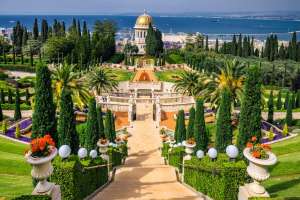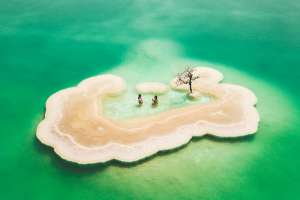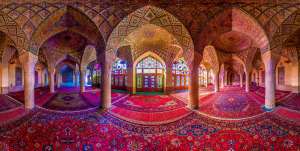Iran is a country that seems to stretch endlessly, a land where every direction leads to something unexpected — from icy peaks brushing the clouds to sun-baked plains that shimmer under golden light. No matter how unusual or specific your taste in landscapes may be, Iran somehow satisfies it all. Its vastness hides a diversity of nature that can easily rival entire continents.
With a four-season climate, the country invites travelers to witness snow-covered mountains and tropical coastlines all within the same journey. It’s one of the few places on Earth where you can climb a frosty summit in the morning and dip your toes in the Persian Gulf before nightfall. This balance of extremes gives Iran a special charm for adventurers — whether you crave alpine trekking, desert solitude, or lush green valleys. Each short domestic flight or even a few hours’ drive can transport you into an entirely new world.
Beyond its architectural brilliance and historical legacy, Iran also conceals a more untamed, mystical side. Beneath its turquoise domes and intricate palaces lies a wilderness that tells stories even older than civilization itself — a landscape sculpted by time, wind, and water. Here, nature has reclaimed ancient stones, wrapped forgotten monuments in vines, and carved shapes from rock that seem otherworldly.
The country’s geography makes this possible: spanning high plateaus, mountain ranges, deserts, and coastlines, Iran is nearly seven times larger than the United Kingdom. This immense size, combined with its unique location between the Caspian Sea, Persian Gulf, and central deserts, gives rise to one of the most diverse natural environments in the Middle East. From salt lakes that glow crimson to green hills dotted with wildflowers, Iran’s natural beauty feels like an ever-changing painting.
Let’s journey through some of Iran’s most wild and breathtaking natural wonders, where the earth seems alive and every element — wind, water, stone, and fire — tells its own story.
BADAB-E SURT
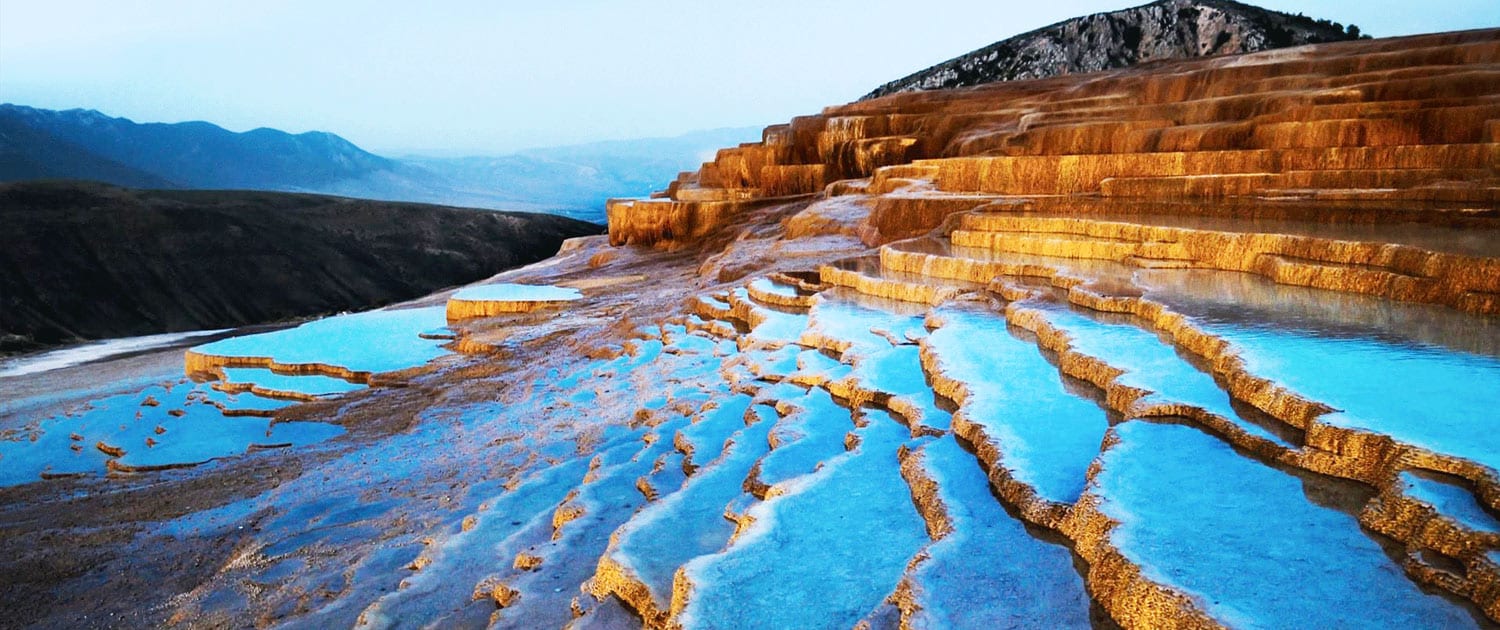
In the northern province of Mazandaran, deep within the Alborz Mountains, lies one of nature’s rarest masterpieces — the stepped terraces of Badab-e Surt. Over thousands of years, the flow of two mineral-rich springs has sculpted this surreal formation of travertine pools cascading down the hillside like a staircase from another world.
What makes Badab-e Surt stand apart from other similar terraces found in Turkey or the U.S. is its striking orange and crimson color, caused by high concentrations of iron oxide in one of the springs. The other spring, rich in salt, produces water famed for its healing and therapeutic properties, drawing locals who believe in its restorative powers.
When the light hits these terraces at sunrise or sunset, the colors transform — shifting from deep red to shimmering gold. The surrounding mountain air is crisp, and the silence only breaks with the soft sound of water trickling through mineral basins. For photographers, it’s a dreamscape; for travelers, it feels like standing inside a living painting created by the earth itself.
MOUNT DAMAVAND
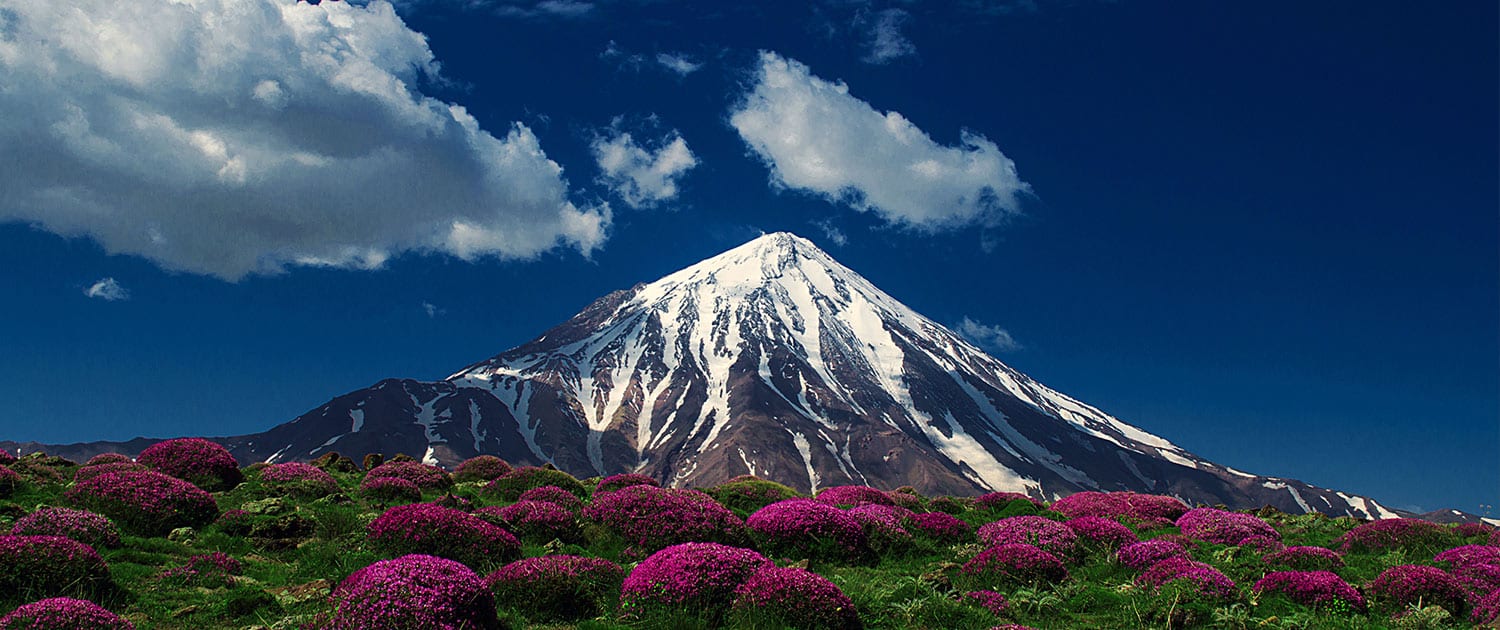
The mighty Mount Damavand, rising proudly from the Alborz range, is more than just Iran’s highest peak — it’s a national symbol woven into poetry, mythology, and identity. At 5,610 meters (18,406 ft), this dormant volcano dominates the skyline northeast of Tehran and can be seen from hundreds of kilometers away on a clear day.
In Persian legend, Damavand is where heroes fought mythical beasts, where chains held down demons, and where freedom was born. The great poet Bahar once called it “the white demon with feet in chains,” an image that captures both its majesty and mystery. The mountain’s snowy cap glistens year-round, serving as a beacon to climbers and storytellers alike.
Climbing Damavand isn’t just a physical journey — it’s a spiritual experience. The slopes are dotted with sulfur vents, alpine meadows filled with rare plants, and quiet villages where life still follows the rhythm of the seasons. Hikers encounter wild goats, colorful flowers, and sweeping panoramas stretching across Iran’s highlands. For those who reach the summit, standing above the clouds feels like touching eternity.
DASHT-E LUT
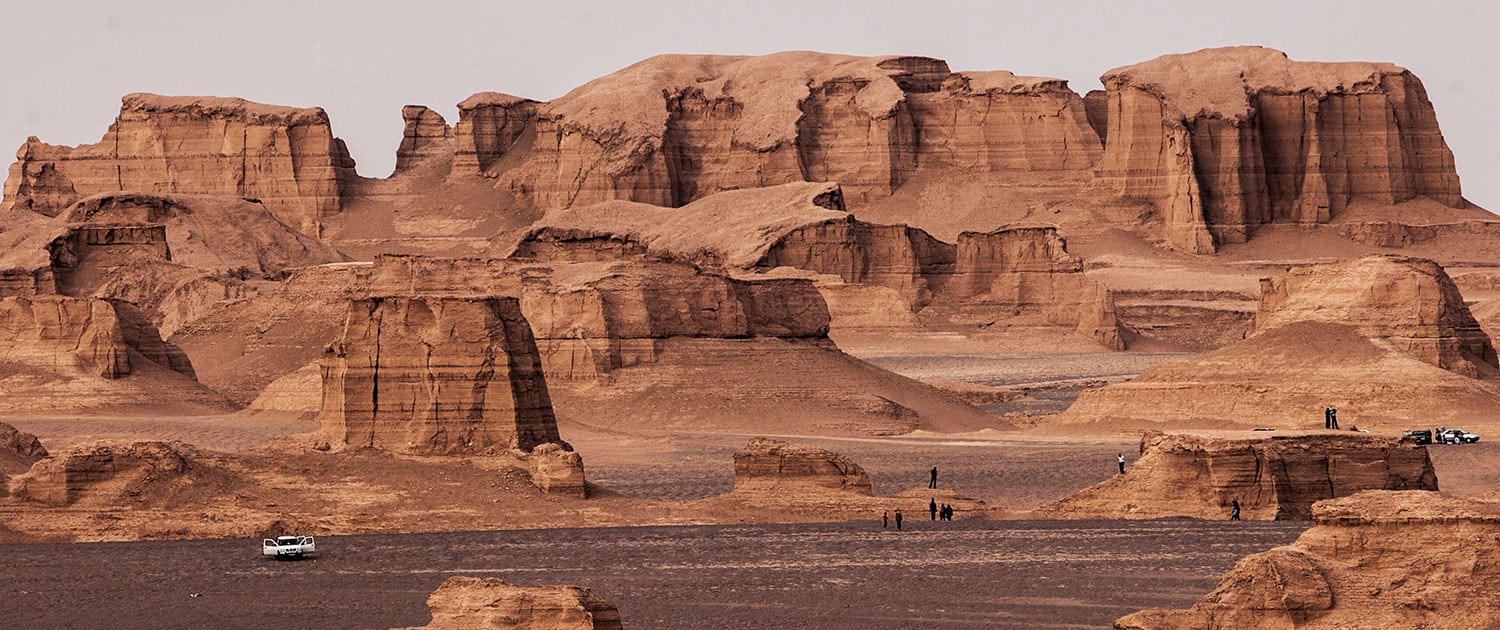
In the heart of southeastern Iran lies a landscape so raw and alien that NASA scientists have studied it as an Earthly model of Mars. The Dasht-e Lut Desert — Iran’s first and only natural UNESCO World Heritage Site — is both terrifyingly beautiful and scientifically fascinating.
Known simply as the Lut, this vast salt desert holds the record for the highest ground temperature ever recorded on Earth, an astonishing 70.7°C (159.3°F) measured by satellite in 2005. Yet, despite its apparent lifelessness, it’s full of wonder. Centuries of wind erosion have sculpted giant sandcastles known as kaluts — towering ridges and canyons that stretch endlessly under a golden sun.
Standing among them, one feels completely detached from time. The silence here is so profound that even your heartbeat seems loud. During sunrise and sunset, shadows lengthen dramatically, and the desert glows in surreal shades of copper and violet. Adventurers who journey here often say it’s like stepping onto another planet — a place where Earth reveals both its power and fragility.
UNESCO calls the Lut “an exceptional example of ongoing geological processes,” but to anyone who has stood in its emptiness, it’s far more: a reminder of how nature creates beauty even in the harshest places.
LAKE URMIA
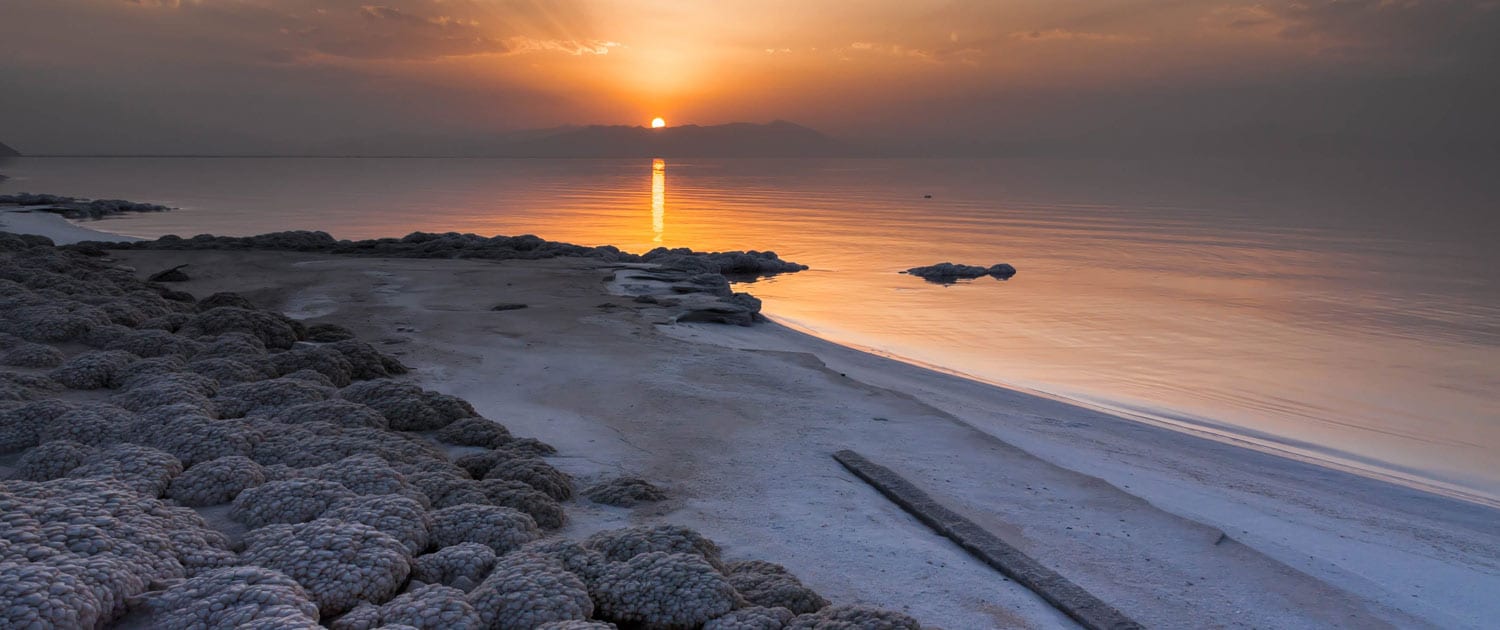
Once the largest saltwater lake in the Middle East, Lake Urmia in northwestern Iran remains a hauntingly beautiful sight despite its tragic decline. Only a few decades ago, its turquoise waters stretched for miles, supporting migratory birds like flamingos, pelicans, and ducks. Today, much of that water has evaporated due to climate change and overuse, leaving behind glimmering salt flats and red-tinged pools created by unique algae that thrive in the saline environment.
At its peak, Lake Urmia covered nearly 5,000 square kilometers. It was not only an ecological jewel but also a cultural and economic lifeline for nearby towns. As the water receded, it revealed dazzling salt crystals and mirrored landscapes that, in their own eerie way, are just as mesmerizing as before.
When the sunlight hits the lakebed, the reflection of pink and purple hues makes the entire scene look surreal — like a watercolor painting bleeding into the horizon. Though restoration efforts are ongoing, travelers still come to witness this extraordinary natural spectacle before it disappears entirely. Even in its fading glory, Lake Urmia reminds visitors of nature’s beauty and its delicate balance with time.
TURKMEN SAHRA

In Golestan Province, close to Iran’s border with Turkmenistan, lies Turkmen Sahra — a region of endless emerald hills that roll gently toward the horizon. During spring, especially from April to May, the entire landscape transforms into a lush green ocean dotted with wildflowers. It’s a sight so ethereal that it feels almost unreal, as if the earth itself has been draped in velvet.
Despite its beauty, Turkmen Sahra remains relatively untouched by mass tourism. The area’s charm lies not only in its scenery but also in its people. The local Turkmen community is known for their hospitality, colorful dress, and unique traditions that blend nomadic and settled lifestyles. Travelers often find themselves welcomed into tents for tea or local delicacies — a gesture that reflects the warmth of rural Iranian culture.
Nearby, the mysterious Khalid Nabi Cemetery, with its ancient human-shaped tombstones scattered across the hills, adds an air of mysticism to the region. Between the gentle wind, the rhythm of horse hooves, and the vast silence of the steppe, Turkmen Sahra feels like a place suspended between myth and reality.
QESHM ISLAND

Floating in the blue waters of the Persian Gulf, Qeshm Island is Iran’s largest island and one of its most fascinating destinations. A blend of geological wonder and cultural depth, it offers everything from surreal rock formations to vibrant coastal life.
The island’s most famous sites include the Valley of the Stars, a labyrinth of sandstone pillars carved by wind and rain that locals believe was shaped by a fallen star; the vast salt cave, among the longest in the world; and the Hara Mangrove Forest, where trees grow directly out of seawater, hosting herons, turtles, and other marine life.
Qeshm’s neighboring islands — such as Hengam, known for its playful dolphins and crystal-clear waters — add even more to its charm. Visitors are also drawn to the warm southern culture: rhythmic music, handcrafted jewelry, and seafood dishes infused with saffron and spice. Whether you’re exploring sunlit caves or walking along its golden shores, Qeshm captures the essence of southern Iran — wild, welcoming, and endlessly captivating.
MARGOON WATERFALL

Tucked away in the mountains of Fars Province, Margoon Waterfall is Iran’s tallest and one of its most spectacular. The name “Margoon” means “snake-like” in Persian, a reference to the way its shimmering streams twist and flow down the cliffside like a cascade of silver serpents.
Standing over 70 meters high and 100 meters wide, this waterfall creates an awe-inspiring sight as countless tiny rivulets pour out directly from the rocks, forming a curtain of water that seems alive. The air here is crisp, cool, and filled with mist — a refreshing escape from the heat of southern Iran.
Even in summer, the water’s temperature rarely exceeds 10°C (50°F), making it one of the coldest waterfalls in the region. In winter, when it freezes into a shimmering wall of ice, the view is no less mesmerizing. Surrounded by lush valleys and wildflowers in spring, Margoon is a place where the rhythm of nature can still be felt with every breath.
Whether you come to hike, photograph, or simply stand in wonder, Margoon Waterfall offers one of the most unforgettable natural scenes in Iran — the perfect ending to a journey across its wild and beautiful landscapes.
Iran’s landscapes are as poetic as its people — unpredictable, diverse, and filled with soul. From glowing deserts to emerald hills, frozen peaks to tropical shores, this land of contrasts offers endless wonder for those who seek to see beyond the ordinary. Each corner whispers a story, and every horizon hides another surprise — proof that nature, like history, thrives best in the heart of Persia.


